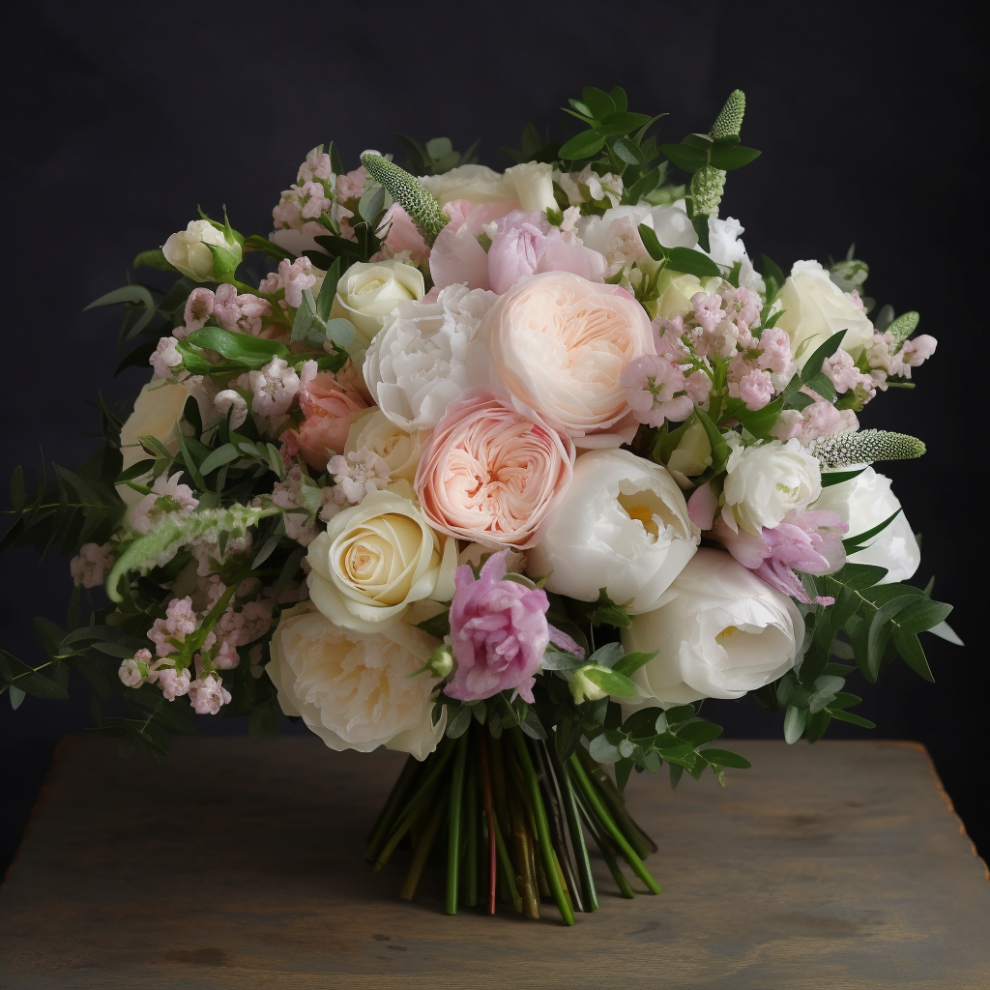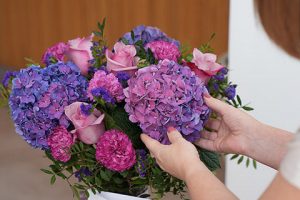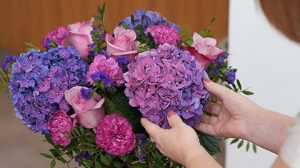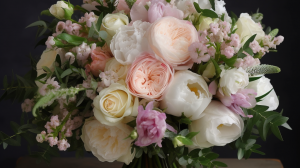In the tapestry of nature, flowers emerge as the virtuosos, conducting a symphony of colors, scents, and textures that compose the breathtaking melodic gardens adorning our world. Each bloom carries its unique notes, contributing to a harmonious composition that captivates the senses and stirs the soul.
Choreography of Colors:
Flowers paint the world with their vibrant hues, creating a kaleidoscope of colors that dance in harmony with the changing seasons. From the fiery reds of roses to the serene blues of forget-me-nots, and the golden yellows of sunflowers, nature’s palette knows no bounds. Each color holds its significance, evoking emotions and weaving stories that transcend language barriers.
Aromatic Elegance:
Beyond their visual allure, flowers enchant with their aromatic symphony. Their fragrances, ranging from sweet and intoxicating to subtle and delicate, infuse the air with a sensory delight. The heady scent of jasmine on a summer’s night or the fresh, citrusy notes of a blooming orange blossom—each aroma is a melody that lingers, leaving an indelible imprint on our memories.
Texture and Composition:
In the garden of nature, textures play a pivotal role. Petals soft as silk, velvety to the touch, or rugged and sturdy, each texture adds depth to the floral composition. The intricate patterns, shapes, and structures of flowers create a visual and tactile symphony, inviting exploration and admiration of their exquisite designs.
Ecological Ensemble:
Flowers orchestrate a vital ecological ensemble, serving as nature’s pollination conductors. Bees, butterflies, and other pollinators are drawn to their nectar and pollen, facilitating the reproduction of plants and ensuring biodiversity. This symbiotic relationship forms the backbone of ecosystems, supporting life in myriad forms.
Cultural Reverence and Symbolism:
Throughout history and across cultures, flowers have held deep symbolic meanings and cultural significance. They feature prominently in ceremonies, traditions, and art, symbolizing love, purity, rebirth, and various human emotions. The lotus revered in Eastern cultures, the rose as a universal symbol of love, and the cherry blossom embodying the transient beauty of life—all reflect the cultural reverence bestowed upon these floral marvels.
Preserving Nature’s Symphony:
Despite their splendor, flowers face challenges from habitat loss, climate change, and human activities. Conservation efforts are imperative to safeguard the diversity and beauty of floral landscapes. Cultivating awareness and promoting responsible practices can help preserve nature’s symphonic gardens for generations to come.
Floral symphonies, composed by nature’s artistry, resonate with us on a profound level. They awaken our senses, inspire creativity, and remind us of the interconnectedness of all life forms. Let us cherish these melodic gardens, for in their beauty lies a symphony that transcends the boundaries of time and space—a testament to the eternal elegance of nature’s creation.

















Add Comment